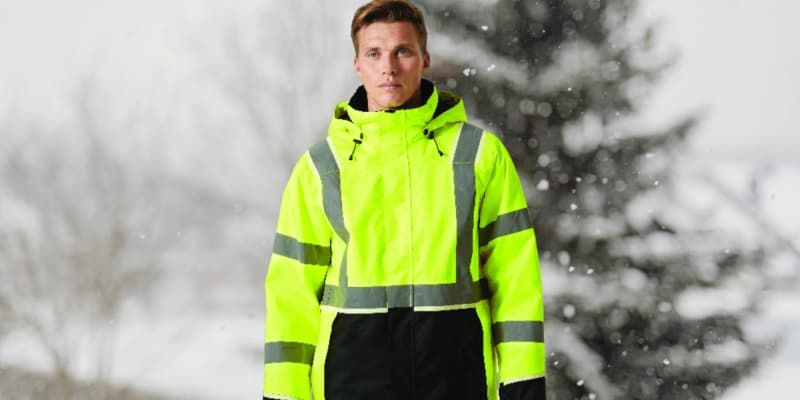
By Samuel Rapley 06/06/2017
Under: Team WelfareHow to Combat Dehydration and Heat Stress
Construction and utility workers are particularly vulnerable to dehydration and heat stress. In the warmer summer months, the risk is even higher: taking care of your team is vital. Heat-related illness can not only affect wellbeing and productivity but can also impair a worker’s ability to operate safely.
Understanding Dehydration and Heat-Related Illness
The body is continually trying to maintain a constant temperature. In response to hot conditions, the body cools itself by increasing sweat production which evaporates from the skin. When water lost through sweating is not replaced we become dehydrated. Dehydration means the body doesn’t have the water it needs to function properly and may lose the ability to produce more sweat and cool itself. A dehydrated worker faces increased risk from workplace heat.
As well as adequate fluid for sweat production, the cooling process also requires air circulating across the skin and low enough air humidity for evaporation to occur. Sweat evaporation can be hampered by humid conditions or heavy, restrictive clothing – often a safety requirement in construction settings.
When the body’s cooling process is impaired, overheating can occur. Dehydration and overheating can result in heat exhaustion and cause dizziness, muscle cramps, weakness and sometimes fainting or nausea. If left untreated, heat exhaustion can progress to heat stroke where the body temperature rises to critical levels. Heat stroke is a medical emergency and can be fatal.
Staying Safe – Preventing Heat Stress
Heat illness is preventable. Follow these steps the keep workers hydrated and healthy:
- Encourage workers to hydrate before coming to work.
- Reschedule hot jobs for the cooler part of the day.
- Keep canteen supplies well stocked water coolers full.
- Use water carriers or water bottles to allow workers to keep fresh water within easy access of working areas.
- Ensure your team drink water at regular intervals (every 15-20mins) and increase fluid intake when doing strenuous activities or working in hotter conditions.
- In scenarios where protective equipment restricts ability to drink or hygiene requirements do not allow for food or drink consumption, ensure employees drink larger amounts before working and during rest breaks.
- Workers should avoid coffee, tea or soft drinks which act as diuretics, further depleting the body of fluid.
- Enforce regular break periods and increase break frequency when workers are in hot conditions or wearing heavy protective equipment.
- Provide a cool, well ventilated area with a water cooler for use at break times and remind workers to remove heavy protective gear during rest periods.
- Monitor workers and encourage employees to keep an eye on each other for signs of heat stress.
How to Spot the Signs of Heat Stress
According to the NHS the main signs of heat stress are:
- tiredness
- dizziness
- headache
- feeling sick or being sick
- excessive sweating and skin becoming pale and clammy or getting a heat rash
- cramps in the arms, legs and stomach
- fast breathing or heartbeat
- a high temperature
- being very thirsty
- weakness
Stopping dehydration and heat stress occurring in the first place should be your priority. If heat-illness does occur, training staff to recognise the symptoms can prevent incidents from escalating.
.png)
How are you keeping your team hydrated? Join the conversation on our LinkedIn and Twitter feeds.
Enfield Safety – no one works harder to bring you health, safety and welfare products at the right price, on time, every time.

.jpg)
